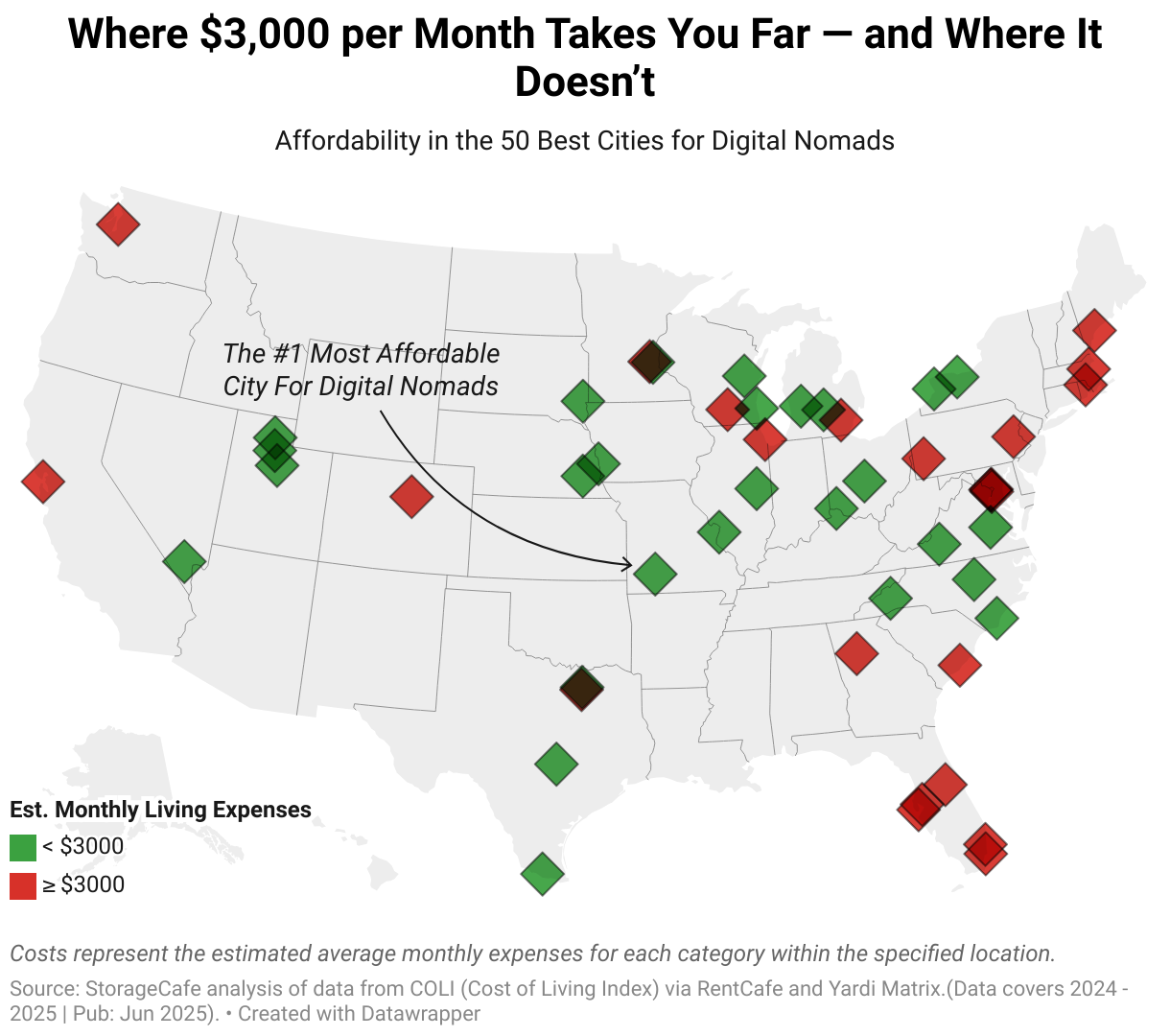 Unemployment Rate Up Slightly as Labor Force Grows
Unemployment Rate Up Slightly as Labor Force Grows
* Job growth in March was better than expected, at 228,000. There were small federal government job losses over the month.
* The unemployment rate rose slightly to 4.2% in March, but that came from a larger labor force, a positive.
* The average workweek was up from January but remains historically low. Wage growth was moderate.
* Most of the job growth came from private service industries.
* The labor market is solid, but tariffs have the potential to derail the ongoing expansion.
US job growth came in better than expected in March at 228,000, according to a survey of employers from the Bureau of Labor Statistics. The consensus expectation was for job growth of 140,000. Job growth in January was revised lower by 14,000, to 111,000, and job growth in February was revised lower by 34,000, to 118,000, for a combined downward revision of 48,000. The three-month moving average of job growth through March was 152,000. This is down from a three-month moving average of 184,000 in February, and average monthly job growth of 168,000 in all of 2024. Job growth is easing, but remains solid. The private sector added 209,000 jobs in March, with government employment up by 19,000; federal government employment fell by 4,000.
The unemployment rate rose slightly to 4.2% in March from 4.1% in February and 4.0% in January. After falling to 3.4% for a couple of months in 2023, the unemployment rate has risen slightly and has been between 4.0% and 4.2% since May 2024, stable around the 4.2% rate that the Federal Open Market Committee thinks is consistent with their inflation objective of 2%. The U6 unemployment rate, which includes part-time workers who would like to be working full-time and those too discouraged to look for a job, fell to 7.9% in March from 8.0% in February. But the U6 has been steadily climbing for two years, and in February was at its highest level since the labor market was recovering from the pandemic in late 2021.
Employment in a survey of households, different from the survey of employers, increased by 201,000 in March from February; that followed a big drop of 585,000 in February. Employment is more volatile in the household survey than in the employer survey. The unemployment rate rose in March, even as employment increased, because the labor force-the number of people working or looking for work-rose by an even larger 232,000. The labor force participation rate-the share of adults working or looking for work-rose to 62.5% in March from 62.4% in February, the lowest rate since January 2023, when the labor market was still recovering from the pandemic. The labor force participation rate has been between 62.4% and 62.8% for more than two years. This is below the 63%+ rate prior to the pandemic, and the labor market is structurally tighter now than it was pre-pandemic.
The average workweek held steady at 34.2 hours in March; the average workweek in February was revised higher from 34.1 hours. The average workweek was 34.1 hours in January, the shortest workweek since March 2020, when the pandemic was just starting. Although the slightly longer workweek in February and March is a positive, the average workweek is still below its long-run average, signaling potential weakness in the job market.
Average hourly earnings rose 0.3% in March from February, after a 0.2% increase in February (revised lower from 0.3%). On a year-ago basis average hourly earnings were up 3.8% in March, compared to 4.0% growth in February. Average wage growth has been around 4% since the fall; this is down from close to 6% in early 2022, when the historically tight labor market was driving very large pay increases. But it is up from below 3.5% before the pandemic, and strong wage growth is one reason why progress in slowing inflation to the Federal Reserve’s 2% objective has been uneven recently.
With more jobs, higher wages, and an unchanged workweek, aggregate payrolls rose 0.4% in March from April. This is likely to outpace overall inflation of 0.1% over the month (CPI to be released on April 10). But with tariffs set to push inflation higher starting in April, workers may start to see their real (inflation-adjusted) earnings deteriorate in the months ahead.
Goods-producing industries added 12,000 jobs in March, with construction employment up by 13,000 and manufacturing employment essentially flat. Private services-providing industries added almost 200,000 jobs over the month, with large increases in education and health services (up by 77,000) and leisure/hospitality services (up 43,000). There were job gains of 24,000 in retail trade and 23,000 in transportation and warehousing. But job growth was softer in financial activities (up 9,000. Professional/business services employment was up by just 3,000 in March from February, and was flat from a year earlier. State and local government employment rose by a combined 23,000 in March, offsetting the drop in federal employment. Federal government employees who took buyout offers and are still being paid are counted as employed until their payments expire later this year.
Even with the pickup in job growth in March, the diffusion index-a measure of the breadth of job growth across industries-fell slightly to 54.2, from 56.0 in February. A reading of above 50 means that more industries added jobs over the month than shed jobs.
The March jobs report was solid all around, with job growth coming in above expectations, although there were downward revisions to job growth in January and February. The increase in the unemployment rate came from more people deciding to look for work, a sign of optimism in the labor market. The average workweek is up a little from January, although it still flirting with recessionary levels. Wage growth eased on a year-ago basis, which could help cool inflation coming from the job market, although it still running faster than it was prior to the pandemic.
Consumer and business sentiment have moved markedly lower in the first part of 2025 because of concerns about Trump administration economic policies. But at the same time the economic fundamentals remain solid in the early spring. With consumer spending accounting for about two-thirds of the US economy, a good job market is key to maintaining the ongoing economic expansion. But enormous tariff increases that have taken effect and are scheduled to take effect over the coming days have increased the risk of a near-term recession. Tariffs, taxes on imported goods, will drive prices higher, crimping household spending and business investment. Retaliatory tariffs from US trading partners will weigh on exports. And rising inflation from the tariffs may make it more difficult for the Federal Reserve to cut interest rates in response to economic weakness.
Even without the drag from tariffs job growth is likely to be softer in 2025 than it was in 2024. With the unemployment rate historically low the tight job market will limit the ability of firms to find workers. The uncertainty created by the tariffs will discourage some firms from hiring, at least in the near term. And restrictions on immigration will limit growth in the labor force. If high tariffs last for more than a couple of months weaker economic growth is likely to lead to an increase in the unemployment rate in the second half of 2025.
The S&P 500 is down more than 4% on the day, although the Chinese government’s announcement that it is increasing tariffs on US imports in response to US tariff increases is the primary driver of the decline. The yield on the 10-year Treasury note has fallen below 4% for the first time since the fall of 2024 on expectations for weaker growth. The yield on the 2-year Treasury note is down by 9 basis points to 3.61%, with the yield on the 3-month Treasury bill down by 4 basis points to 4.26%. Even with the solid jobs report the price of a barrel of West Texas Intermediate crude oil is down by almost $5 today, to just above $62, on concerns about potential US and global recessions and weaker energy demand. The US dollar has strengthened modestly today against a basket of currencies, but is weaker than it was before the President Trump’s tariff announcement.
The fed funds futures market is pricing in a 39% probability of a fed funds rate cut at the Federal Open Market Committee’s next meeting, on May 7, about double the probability from a week ago. The fed funds futures market is now expecting a cumulative cut of 100 basis points in the fed funds rate this year (rate in a range between 3.25% and 3.50% at the end of 2025) as growth concerns have increased dramatically with new tariffs.
PNC Bank, National Association, is a member of The PNC Financial Services Group, Inc. (NYSE: PNC). PNC is one of the largest diversified financial services institutions in the United States, organized around its customers and communities for strong relationships and local delivery of retail and business banking including a full range of lending products; specialized services for corporations and government entities, including corporate banking, real estate finance and asset-based lending; wealth management and asset management.










